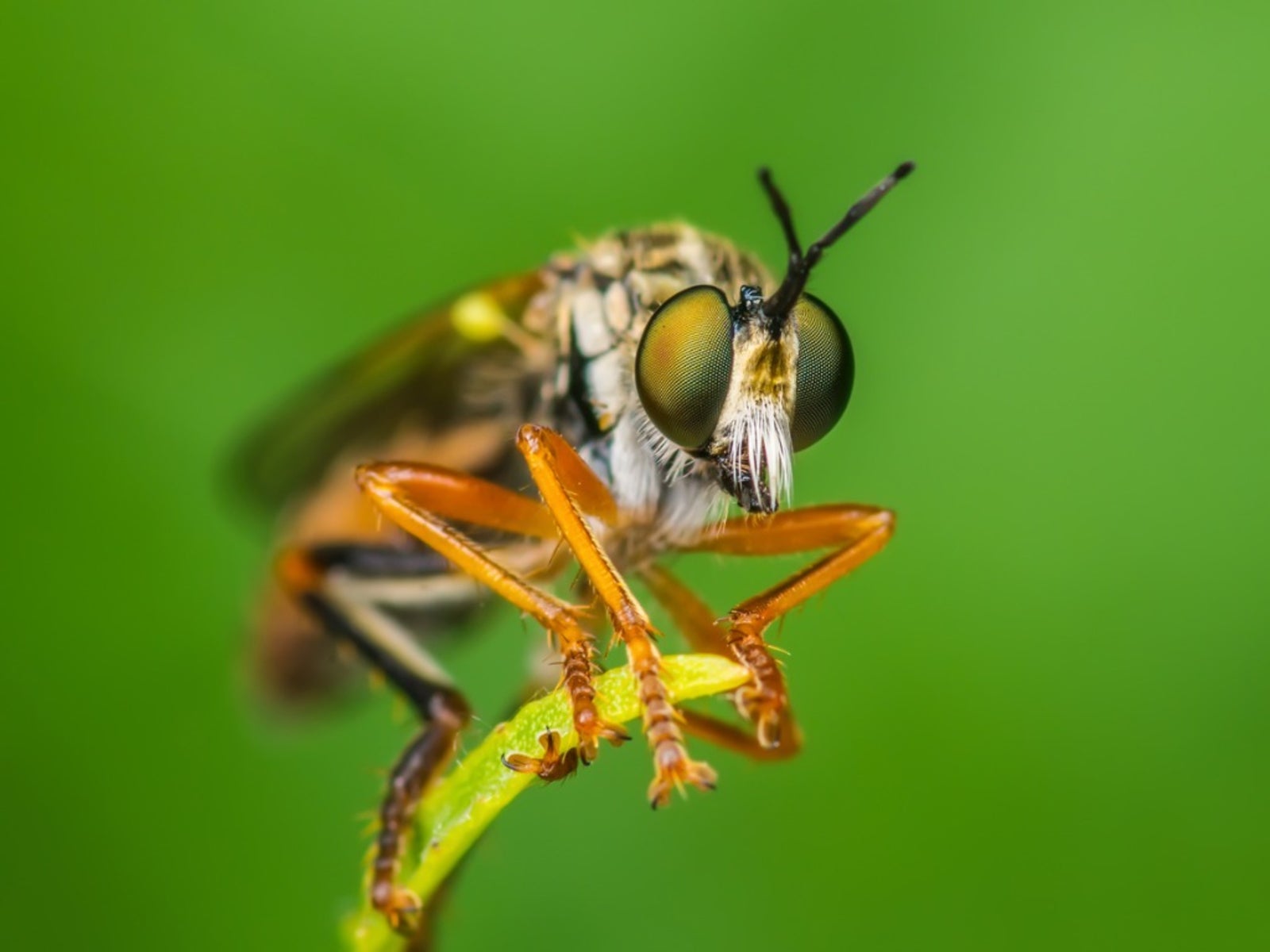What Are Robber Flies: Information About Robber Fly Insects


The garden is full of insects, and it can be difficult to sort out friend from foe. One garden visitor who needs a better PR department is the robber fly. Robber flies in gardens should be a welcome sight, but their bee-like appearance and aggressive nature can leave gardeners wondering, “Are robber flies dangerous?”.
What are Robber Flies?
Robber flies are members of the family Asilidae and distant relatives of the common housefly. Their appearance is somewhat frightening -- after all, a big, hairy, humped flying insect isn't usually a good thing. Robber fly insects are a mixed blessing to gardeners; if they're seriously perturbed, they can inflict a painful bite, but they also help rid the garden of harmful pests like grasshoppers, other flies, wasps, leafhoppers, white grubs, and pupating beetles. There are many different types of robber flies, ranging in size from 3/8 to 1 1/8 inches (1-3 cm.) long. They may be observed hanging around on the stems of plants looking for prey or flying just above the ground. All stages of the robber fly aggressively attack and eat pretty much anything they can catch, including the occasional bee, butterfly, or other beneficial insect.
Where are Robber Flies Found?
Robber fly information isn't as abundant as info about the more popular beneficial insects like ladybugs and lacewings. This may be because they exist in a relatively narrow climate band. Although there are over 1,000 species in the United States alone, they prefer arid, sunny habitats like deserts. A few robber fly species are found in woodland settings, but they tend to congregate along the edge of the forest, or in grasslands.
Is Robber Fly Control Necessary?
Robber flies in gardens are not considered problematic enough to require pest control, but if you want to deter them from your garden, target the soil-dwelling larvae. They often hide under wood or other objects that keep the soil moist. Bacillus thuringiensis will quickly destroy the fly larvae, but keep in mind that their removal opens your lawn up to attack from grubs and other soil pests. Adults should not be sprayed with broad-spectrum pesticides, since this will destroy the insects that you're presumably hoping to protect in your garden. Most gardeners tolerate this visitor, even if they do munch a few butterflies or bees. The extensive pest control they will provide in your garden and landscape far outweighs the damage they do to a few other individual beneficial insects.
Sign up for the Gardening Know How newsletter today and receive a free copy of our e-book "How to Grow Delicious Tomatoes".

Kristi Waterworth was a regular contributor to Gardening Know How for many years, answering countless queries on plant pests and diseases.